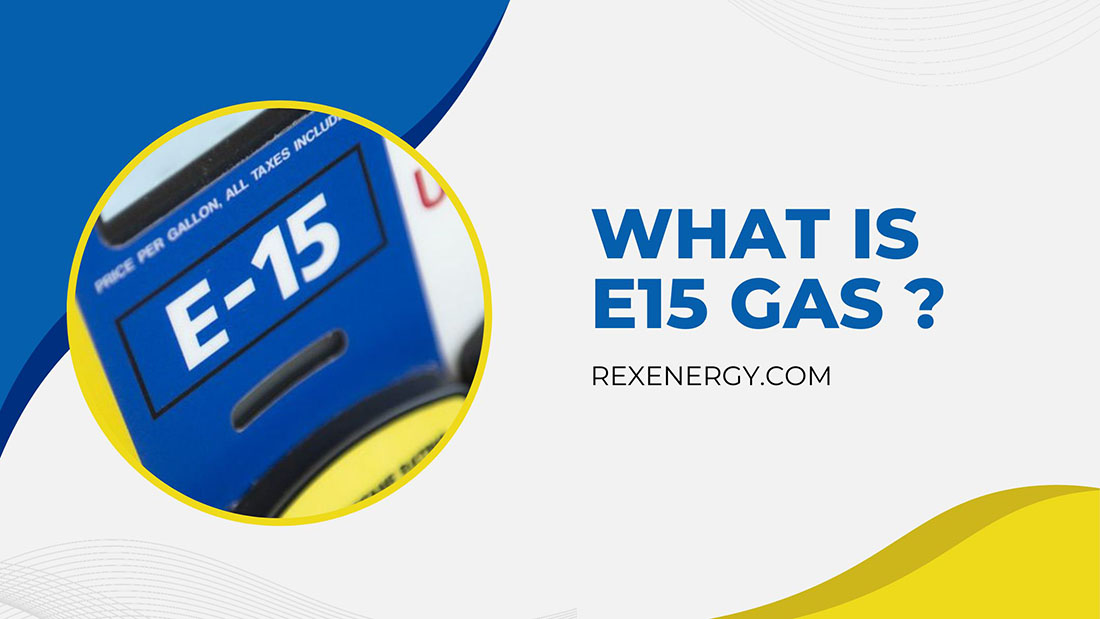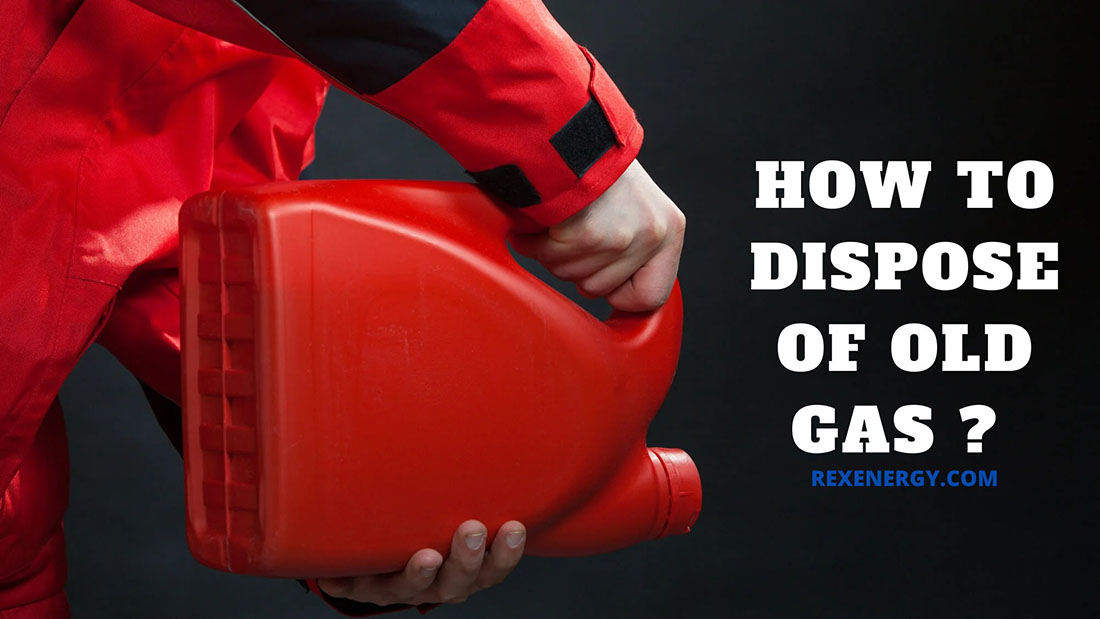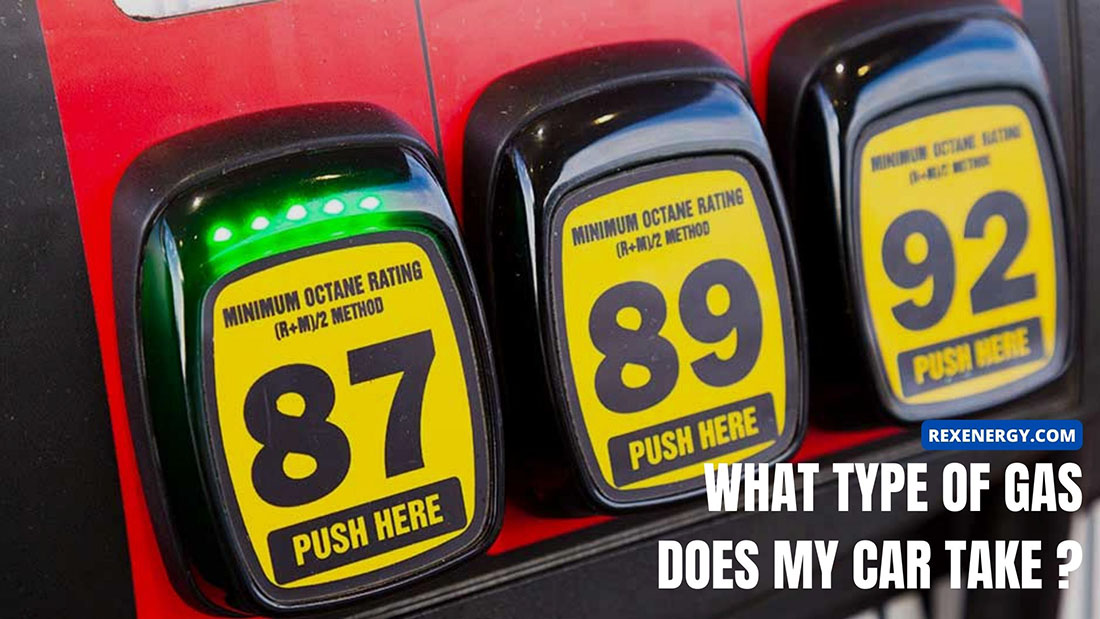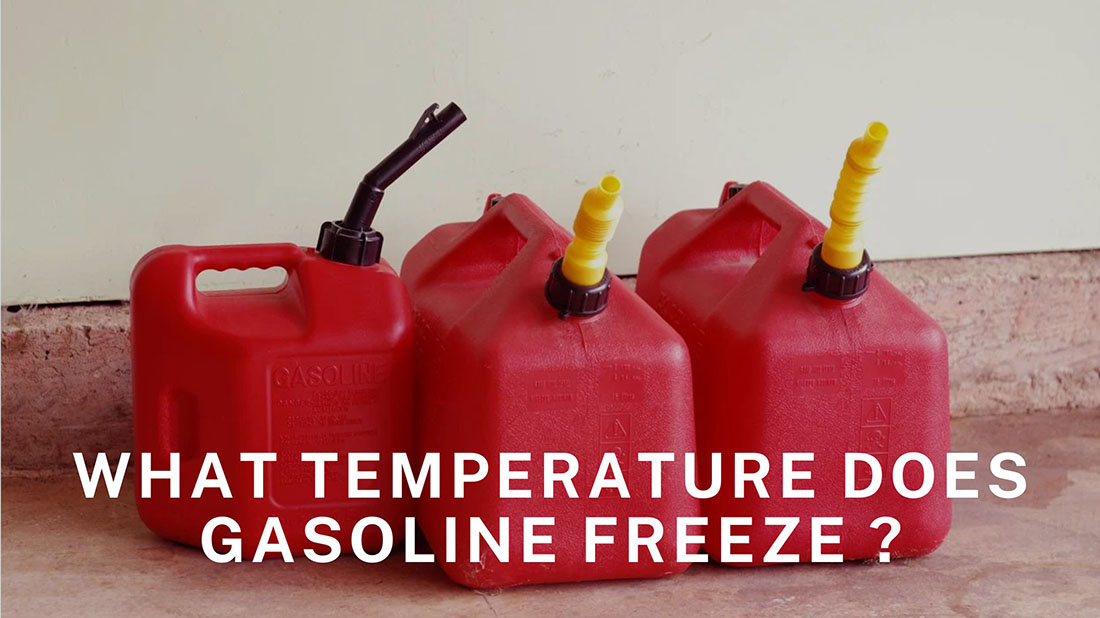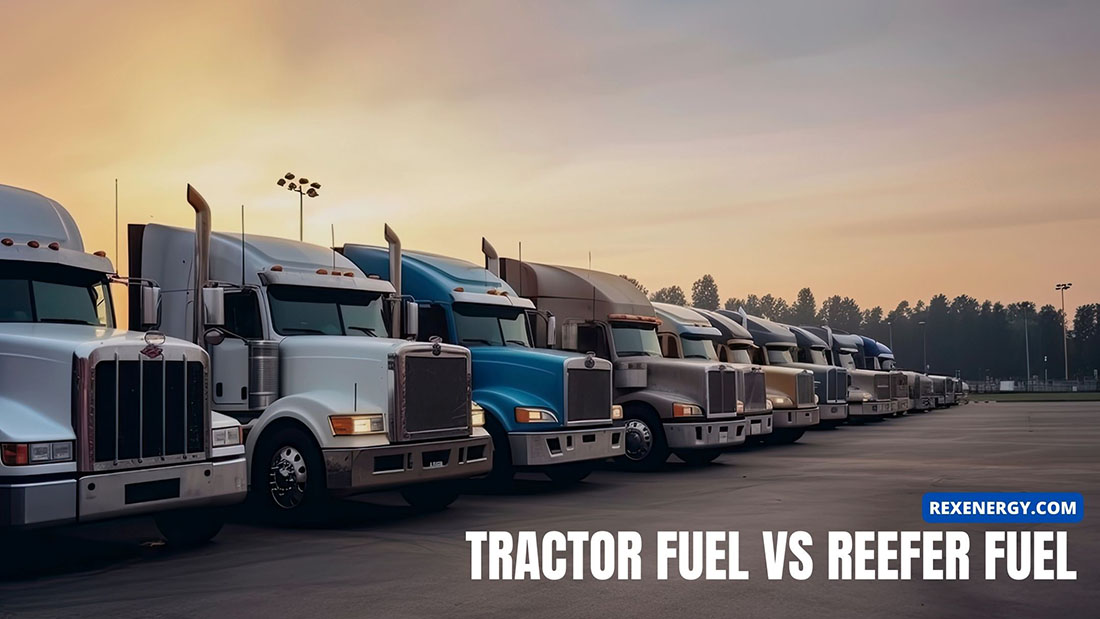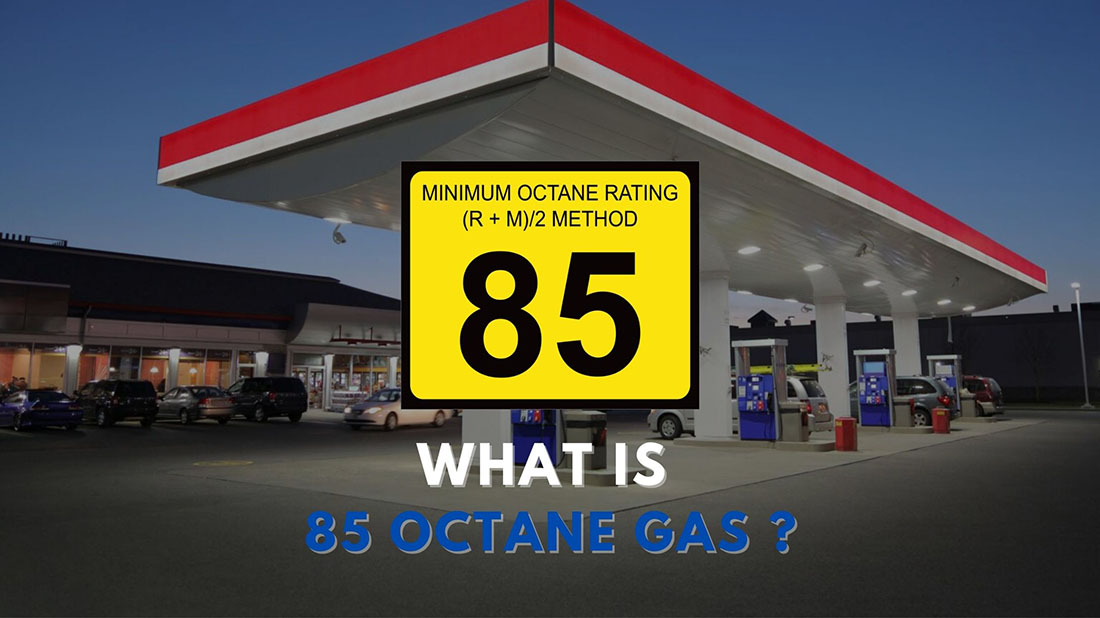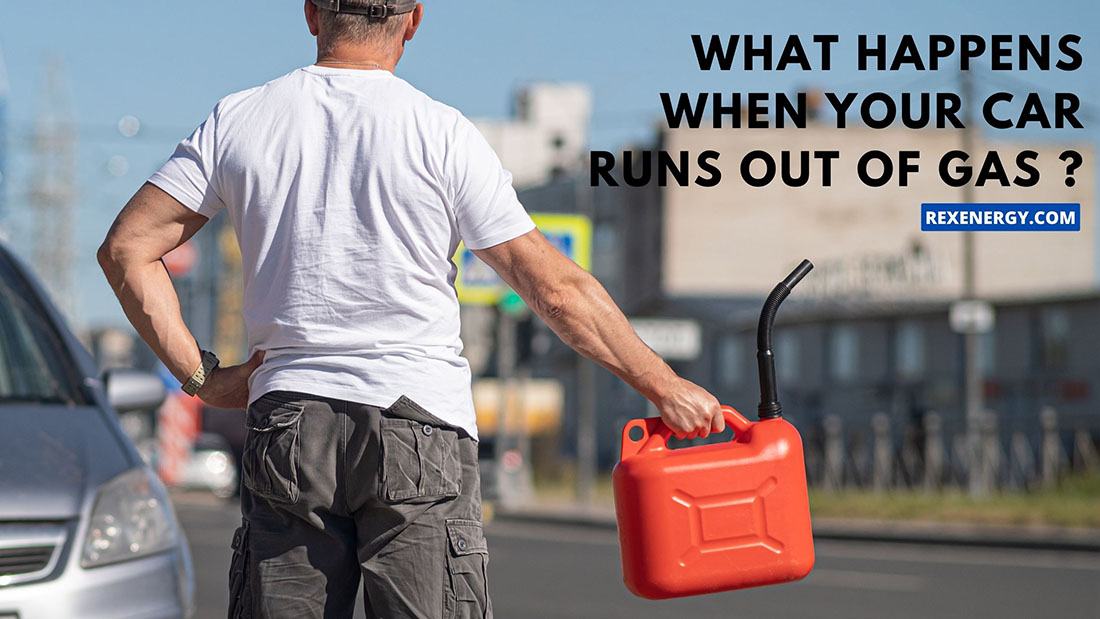Gasoline cars have very high emission rates, which explains why ecological and renewable gasses like E15 have become increasingly common for people concerned about the environment.
Still, many wonder whether their low gas emission impacts engine performance and other handling characteristics. Keep reading to learn more about the E15 gas.
What Is E15 Gas?
E15, a biofuel primarily derived from corn or sugarcane, contains 15% ethanol by volume and 85% unleaded gas or traditional gasoline. A part of the family of ethanol-blended fuels, E15 is now often used as an alternative to standard E10 gasoline (which contains 10% ethanol content).
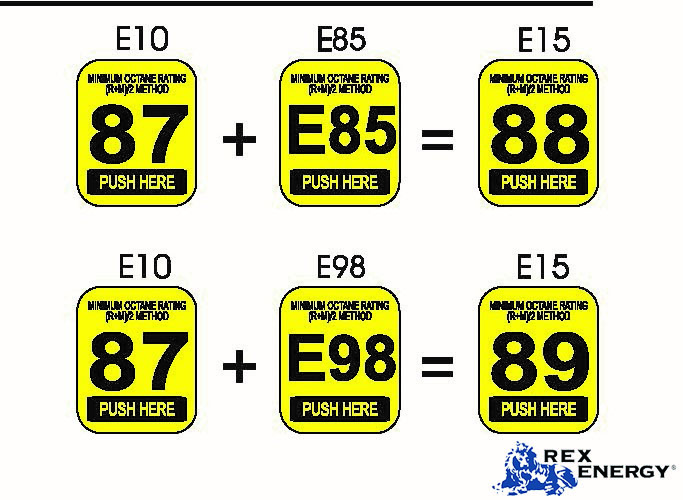
Here are some highlights of E15 compared to regular gas:
- Colorless and clear. E15 blends ethanol and gasoline, both of which are clear and have no color. The yellow-amber shade you often see in regular gasoline is mostly due to nitrogen compounds and sulfur.
- Slightly sweet smell. E15 contains 15% ethanol, mostly known for its sweet odor. Other fuel additives also contribute to the smell.
- Soluble in water. Ethanol has a hydroxyl group (-OH) in its structure, whose positive/negative ends attract to the negative/positive end of the water molecule. As a result, E15 dissolves in water easily.
- More volatile than regular gasoline. Ethanol’s boiling point is approximately 78°C (or 173°F), while gasoline’s fluctuates between 35°C and 200°C (95°F and 392°F). As a result, E15 gas evaporates much faster than standard gas.
- Higher flash point than regular gasoline. Ethanol has a higher flash point than gasoline since the bond between its molecules is much stronger. Therefore, compared to traditional gas, E15 is less flammable.
- Higher energy density. Ethanol found in E15 contains more energy per unit than regular gasoline.
Pros and Cons of E15 Fuel
The Pros
Improved Fuel Economy
E15 has a slightly higher energy density than regular gasoline and even other ethanol gas like E10 or E85, allowing you to drive much further on the same amount of fuel. The higher amount of oxygen also helps E15 burn cleaner and more efficiently to improve the car’s overall mileage.
Fewer Emissions
Thanks to its high oxygen content, E15 combusts fast and efficiently without releasing too much carbon monoxide, particular matter, and nitrogen oxides into the air.
And do not forget that E15 is mostly produced from plant-derived materials (e.g., corn and sugarcane), which already absorb carbon dioxide from the atmosphere during their development. Therefore, burnt E15 does not increase carbon dioxide in the air; rather, it just returns the carbon dioxide that the plants absorbed in the first place. Most experts refer to this phenomenon as the “carbon-neutral cycle.”
Cheap Gas Price
E15 originates from inexpensive materials and is taxed much less than some other fuels. The U.S. government also subsidizes ethanol producers to boost E15’s competitiveness in the gas market, which helps keep the price down.
The Cons
Potential Damage to Older Cars
Ethanol corrodes rubber and metals quickly, which might damage your important components, especially if the vehicle was manufactured before 2001. Worse, its molecules bond easily with water, separating the tank’s interiors and exacerbating the damage.
And when your old car sits too long between uses, this moisture eventually sinks to the bottom of the tank, clogging built-in filters and bumps. You must also look for possible wrecks in the fuel lines, valve seats, gaskets, injectors, and carburetors.
Less Efficient in Extreme Heat
As mentioned, ethanol evaporates very fast at high temperatures. Therefore, despite E15’s pretty good fuel economy under normal circumstances, you might still have to drop by the gas stations for refills more often if traveling in extremely hot weather.
And imagine what would happen when these fast-evaporating particles come into contact with excessive sunlight! Their reaction produces smog, which is just as deadly for the environment as other pollutants described above.
What Regular Vehicles Can Run on E15?
Flex-fuel vehicles, SUVs, light-duty trucks, delivery trucks, and heavy-duty engines can use E15 as long as they were not manufactured before 2001. Using E15 in older vehicles might destroy important engine components and clog the injectors and fuel system.
You Can Use Regular Gas Instead of E15 in E15 Cars
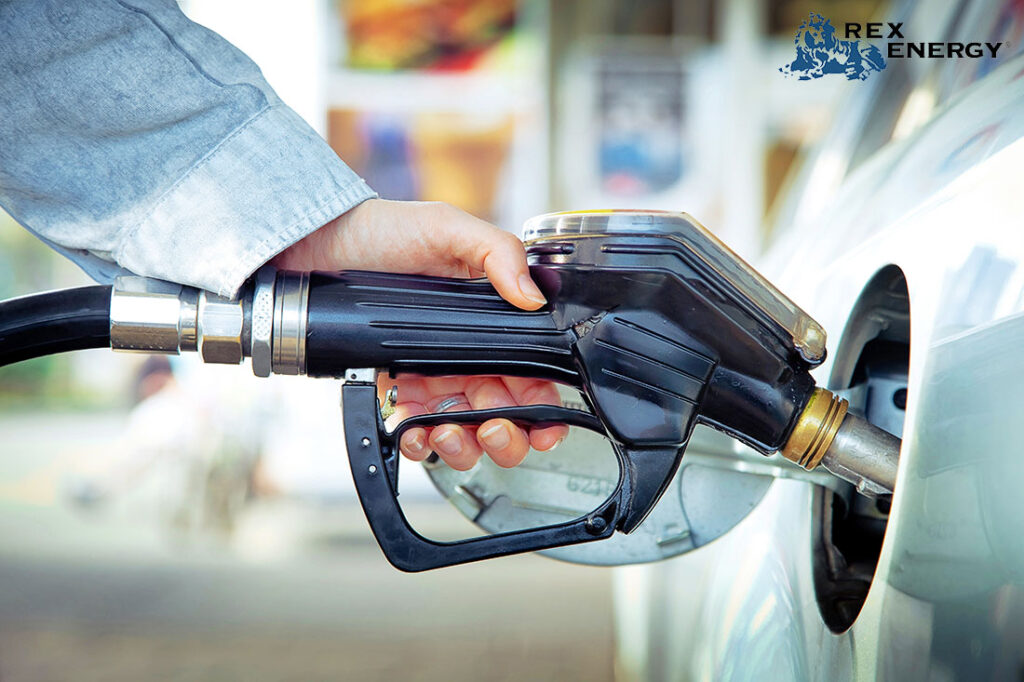
When using regular gas in E15 cars, note that the E15 has a slightly higher octane rating (88, while regular gas typically has 87), so your car might experience minor stutters and stalls during long trips. Consult the manual or the manufacturer to confirm this fuel change will not damage your car in the long run.
Conclusion
E15 burns cleaner, has greater energy density, and is much cheaper than some other gasoline options.
Yet, its quick evaporation rate might be inconvenient in extreme summer heat, and this fuel does not work best with older cars produced before 2001. Remember to weigh the pros and cons carefully to use it in the best ways.

